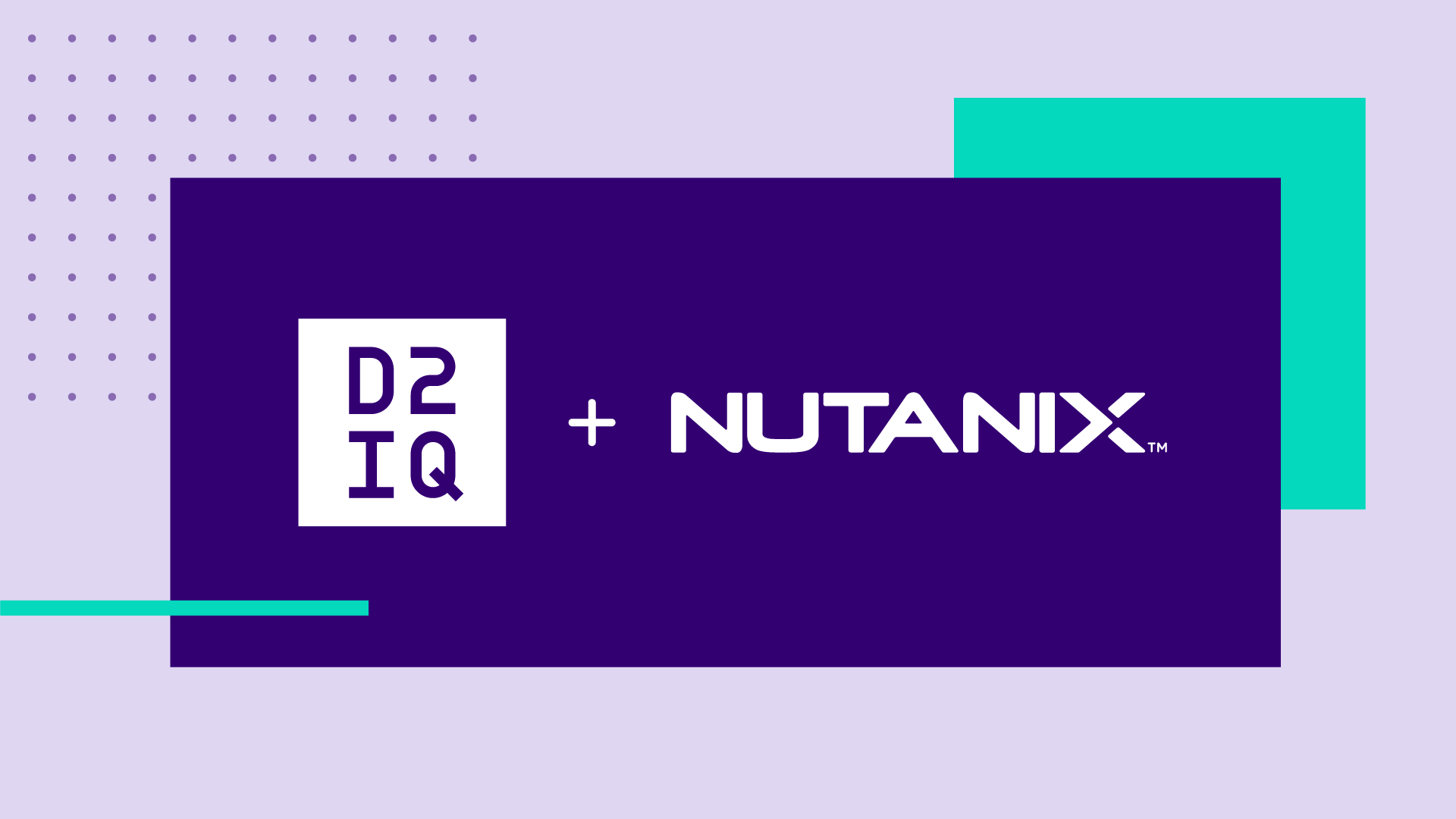
Not too long ago, applications were simple and limited, so you knew the ropes. You knew physically where application resources were being deployed. You even knew which servers. A lot of times, applications had dedicated locations in the data center, or servers were labeled with the names of the applications. You knew where the data resided because it was housed in a monolithic, on-site system. And you knew the technologies that were being employed because they were a simple middleware and backend data sources.
Flash forward to today — managing applications and workloads is not smooth sailing like it once was. Businesses of all shapes and sizes are taking advantage of the hundreds of technology services that the cloud native landscape offers. Every few months, new open source projects, databases, and developer tools are coming out, and it’s empowering innovation like never before. And the speed at which these technologies show up will only accelerate over time.
To keep up with the changing tide, organizations are plotting their future course with Kubernetes so they can manage applications at scale and at high velocity. But as more and more instances are deployed to multiple clouds, it makes it tough to monitor them and stay afloat. One team may be building a stack on one cloud provider, while another team is building a different stack on a different cloud provider. And if they’re provisioning and using clusters with different policies, roles, and configurations, you might as well jump ship. Because before you know it, you’ll begin to experience cluster sprawl, and your multi-cluster operations will potentially capsize before you reach shore.
So how do you get the most out of Kubernetes so your crew doesn’t feel the need to jump ship? By starting with a plan.
In our latest ebook, we’ve laid out a simple blueprint for you to effectively govern multiple disparate Kubernetes clusters and workloads, and empowers both developer flexibility and IT control.
Learn more about how you can overcome common challenges to cluster sprawl and set your developers and operational team up for greater success by downloading our ebook full of practical tips and best practices, “Managing Kubernetes: From a Small Fleet to a Navy of Clusters.”









